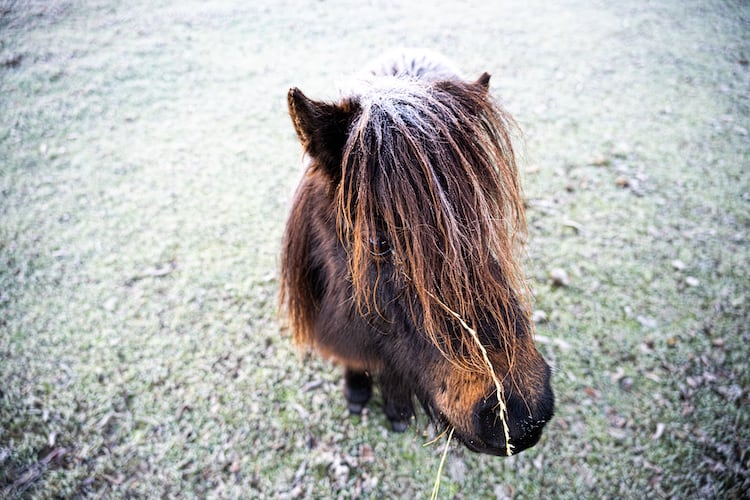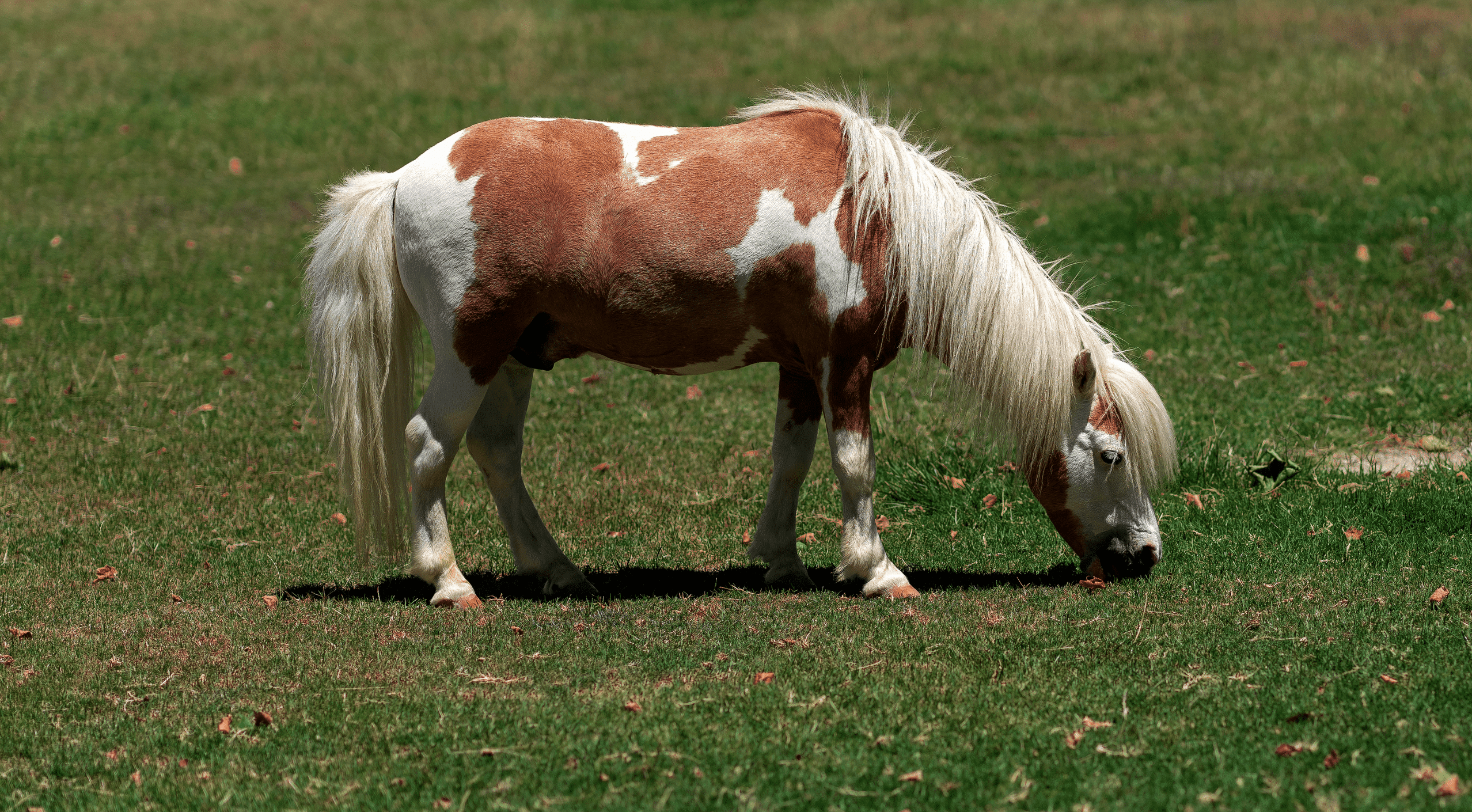When people think of horses, they don’t think of the smaller version of a full-size horse. A miniature horse is a fascinating animal to nurture and play with, so it may be a great addition to your stable. They are often easier to care for, with lower daily costs and fewer room requirements than a regular horse. They have a lot of interesting characteristics, and we’re going to show you a few of them here.
Different Breeds
Horses are available in a wide range of colors and sizes. Some are enormously gorgeous, such as the Clydesdales that pull stately carriages, while others are rather small. While some smaller horse breeds are not suitable for riding, they can make excellent companions. Smaller horse breeds can be tough and powerful creatures. They are descended from primordial horse breeds in terms of physique and constitution. It wasn’t uncommon to see little, agile horses in ancient times. Ponies and small horse breeds are far more closely connected to ancient horses than the majority of today’s larger varieties. There are many different breeds of small horses and here are some of them:
Shetland Pony
For years, the Shetland pony has been known as a sturdy and robust animal. Because of the severe living circumstances on the Shetland Islands, it developed a robust physique. It features little ears that protrude from its head, eyes that are widely spaced, and a small head. They also have bulky bodies and big muscular necks. And, despite their stoutness, their legs are extremely powerful.
Falabella
Falabella is a distinctive and unique horse breed that has developed stable build and height traits over many generations of careful breeding and is one of the world’s tiniest horse breeds. The name FALABELLA derives from a family of Argentine breeders who created the breed in the mid-nineteenth century. This breed lives for a very long time, frequently reaching the age of 40-45. Patrick Newtall is credited with creating the Falabella breed in 1853 when he had a herd of petite, well constructed little horses measuring around 102cms.
Yonaguni
The Yonaguni, also known as Yoganuni Uma, is a critically endangered Japanese horse. Only 210 Yonaguni horses remained on an island off the coast of Japan in 1968. There are currently less than 200 horses of this breed left.
Why Are They so Small?
Miniature Horses stand no more than 38 inches tall and have a variety of coat colors and patterns. They’re easy to teach, gentle, and capable of pulling four times their own weight. Small horse breeds are thought to have evolved as a result of surviving severe natural temperatures and limited feed supplies in the past. It became possible to breed deliberately for size as human knowledge of genetics developed. The outcome is a wonderfully proportioned tiny horse that may be used for a variety of purposes, including pets, show animals, therapy for impaired persons, and blind guides.
They Are Used as Service Animals
Because Title II and Title III standards only include dogs in the definition of a service animal, there is often misunderstanding about whether a miniature horse is deemed a service animal under the ADA. The only exception to a dog that can be deemed a support animal is a miniature horse, which is clearly stated in both Title II and III laws. Miniature horses are considered service animals under the Americans with Disabilities Act (ADA) and should be allowed in public areas. When evaluating whether it is fair to let a miniature horse into an area or place that does not accept dogs, there are a few things to consider.
Because of their peaceful nature, miniature horses with proper training and certification can assist visually impaired folks and those with other disabilities. They can also be used as therapy animals, because who wouldn’t desire the comfort and companionship of a little, fluffy, hooved creature?
Obesity is common in miniature horses
They are voracious eaters! Whereas one flake of hay is around six feeding times for a Mini, the majority of horse owners overfeed them. In addition, daily activity and pasture limitations are less likely to occur. Many of the medical issues that miniature horses suffer can be avoided by keeping their bodies in good shape. Minis should ingest about 1.5 percent of their body weight in hay on a daily basis. The average Mini weighs 250 pounds, which equates to 3.5 pounds of hay every day.

On a per-weight basis, the vitamin and mineral requirements of small-breed horses are similar to those of large-breed horses. Miniature Horses’ protein requirements are similar to those of large-breed horses, and hays with lower nonstructural carbohydrate content (NSC), such as particular grass hays, are recommended due to their proclivity for obesity.
There are many interesting facts about this particular animal and they can be great companions as well. Hopefully, our facts made you have a better picture of this lovely creature

